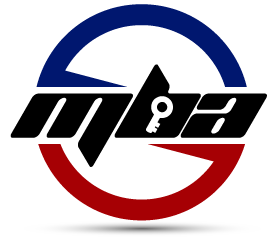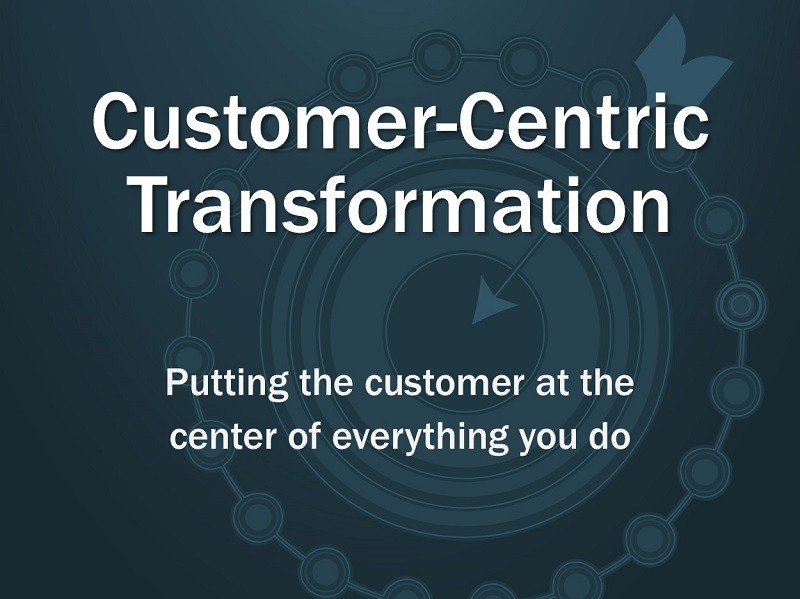Melissa Boggs discusses how the Scrum Alliance transformed into customer-centric teams and how you can have a greater customer focus.
SHOW NOTES
Over the past several years, many organizations have transformed the way they work and the way they’re organized. With Digital and Agile transformations and shifting from projects to products, organizations are trying to find better ways of working and deliver more customer value.
Some forward-thinking organizations have even transformed to organize around the customer. This allows them to have greater customer focus and deliver value faster through fewer dependencies and hand-offs.
The Scrum Alliance recently went through such a customer-centric transformation, which allowed them to focus on customer needs at their specific point in the journey. This also helps that organization better align with organizational priorities.
They reorganized into customer-centric, interdisciplinary teams serving different customer segments. This allows them to discover new products and services that better meet their customers’ needs.
Challenges
One of the challenges faced by the Scrum Alliance when they transformed was the fear of changing the way they are working when they’re been successful. This required understanding the value in shifting to a customer-centric focus and saying ’no’ to some things.
Another challenge is in the area of alignment. If you have a skill or discipline spread across several teams, how do you ensure alignment and consistency and avoid duplication of effort? Creating shared guiding principles and creating communities of practice help with alignment and consistency.
Enabling the Transformation
To enable the customer-centric transformation, the Scrum Alliance shifted their Sprint Reviews to include real customers. This allows them to get rapid feedback from customers, which helps them adapt to customer needs.
They also created open-mic events every two weeks for teams to showcase their work to the rest of the organization. This helps with alignment and consistency between teams.
In addition, teams shared stories of success and learnings through storytelling. The Scrum Alliance used their Slack storytelling channel to share stories about accomplishments, failures, and what they learned along the way. Storytelling also helps create psychological safety within the organization.
Listen to the full episode to discover how your organization can shift its focus on the customer and increase customer value.
“It starts with you, because when you embrace your own uniqueness, so will your team. When you demonstrate self-confidence, self-worth, and your strengths, they will feel the permission to do the same. When you tell your stories, so will they. At this intersection of strength, vulnerability, and uniqueness, that’s where thriving begins.”
– Melissa Boggs
| YOUR HOMEWORK Start by getting clarity about who the customer is and their customer’s story. Then reflect to understand yourself and your relation to that customer. |

Melissa Boggs
Melissa Boggs offers a unique blend of coaching expertise and executive experience. She is a leadership, agility, and culture coach and executive with background in leadership, business, and product development. She has worked with executive teams, software teams, marketers, and educators in domains such as healthcare, public education, technology, and finance. She is a former nonprofit executive and board member, having served on the Board of Directors for both Scrum Alliance and Agile Denver.
Thank you for listening to the program
To get more valuable content to enhance your skills and advance your career, you can subscribe on iTunes.
Also, reviews on iTunes are highly appreciated! I read each review and it helps keep me motivated to continue to bring you valuable content each week.



